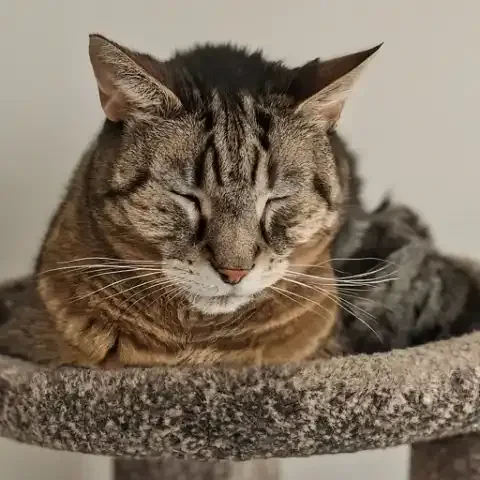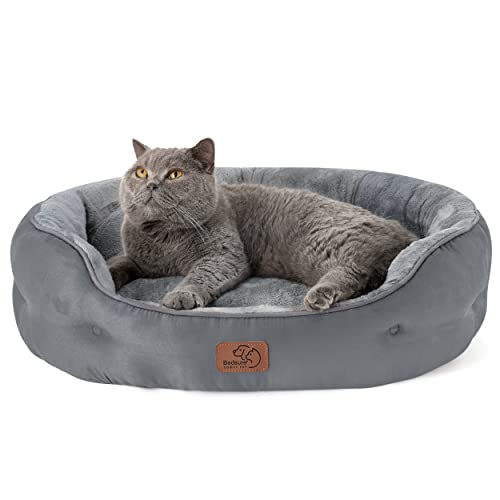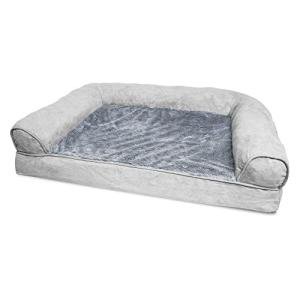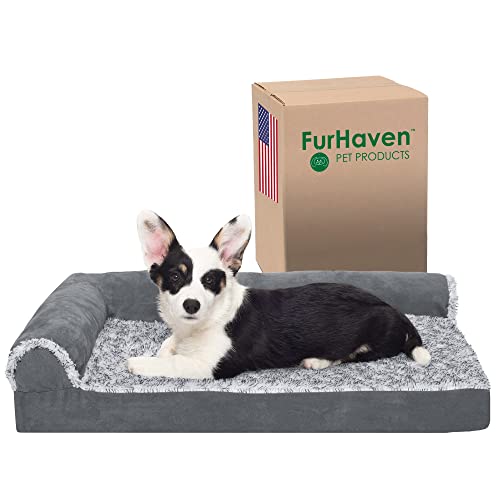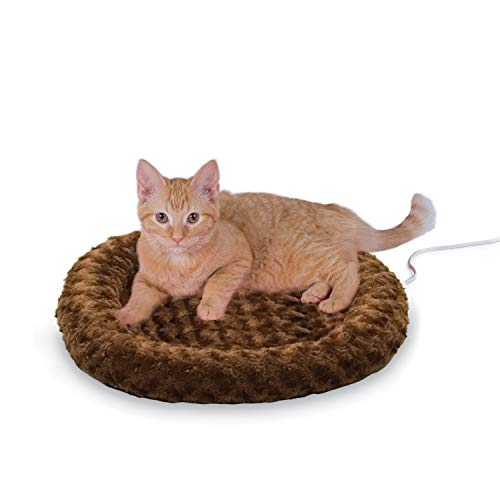Senior cats, with their quiet wisdom and gentle purrs, hold a special place in our hearts. They’ve shared years of our lives, offering unwavering companionship, soothing comfort, and the unique joy only a feline friend can bring. But as our beloved cats enter their golden years, we often notice subtle, and sometimes not-so-subtle, shifts. Perhaps they hesitate before leaping onto the sofa, their once-voracious appetite dwindles, or their litter box habits become less predictable. These are the whispers of time, reminders that our senior companions have unique and evolving needs. While the joys of senior cat ownership are immense, steeped in a deep, familiar bond and a gentle companionship that’s hard to replicate, it’s also a time that requires extra attention, understanding, and proactive care.
Aging brings changes, and for cats, these changes can manifest in various ways. Understanding these shifts is the first step in providing the best possible care. But what exactly constitutes a "senior cat"? While age can be a somewhat fluid concept in the feline world, generally, cats are considered senior around the age of seven. As they move into their later years, often beyond fifteen and into what is termed "geriatric," the signs of aging become more pronounced.
One of the most common changes is decreased mobility. Just like their human counterparts, senior cats can develop arthritis, experiencing joint stiffness and pain. Muscle loss and general stiffness further contribute to reduced jumping ability, making once-effortless feats now seem like daunting climbs. Sensory decline is another significant aspect. Vision can fade, hearing may become less acute, and even their sense of smell and taste can diminish. Imagine the world becoming less vibrant, less easily navigable – this is the reality for many aging felines. Cognitive decline, sometimes referred to as Feline Cognitive Dysfunction or, more colloquially, "cat dementia," is also a possibility. This can manifest as confusion, disorientation, changes in sleep-wake cycles, and altered interaction with their environment and loved ones.
Appetite and digestion can also undergo transformations. Dental issues, such as periodontal disease, can make eating painful. A slower metabolism might affect their appetite, while decreased thirst, often seen in older cats, can lead to dehydration. Senior cats are also more susceptible to a range of health issues. Kidney disease, diabetes, hyperthyroidism – these are just a few of the conditions that become more prevalent with age. Changes in grooming habits are common as well. Stiffness and reduced flexibility can make it difficult to reach certain areas, leading to a less meticulously groomed coat, which may become thicker and prone to matting. Finally, senior cats often become more sensitive to temperature fluctuations. Their ability to regulate body temperature can become less efficient, making them more susceptible to feeling cold, especially in cooler environments.
Recognizing these potential changes is not meant to be alarming, but rather to emphasize the importance of proactive care. Early detection of any health issues is paramount, and providing appropriate support, both through veterinary care and tailored home adjustments, becomes crucial. This is where thoughtfully chosen supplies come into play. Supplies designed specifically for senior cats are not mere luxuries; they are essential tools that can significantly enhance their comfort, support their health, and improve their overall quality of life as they gracefully navigate their senior years. Let's delve into the essential categories of supplies that can make a tangible difference in the lives of our aging feline companions.
Comfort and support are paramount for senior cats, especially as mobility becomes a challenge. Think of their resting places as havens, spaces where they can truly relax and rejuvenate. Orthopedic beds are a game-changer. Forget the flimsy, flat beds of the past. We're talking about beds designed with intention. Look for low-profile options or those with gentle ramps. The goal is to make getting in and out as effortless as possible, minimizing strain on aging joints. Memory foam or supportive fillings are critical. These materials cradle their bodies, distributing weight evenly and alleviating pressure points that can exacerbate arthritis pain. Heated beds or pads offer an extra layer of comfort, particularly beneficial for senior cats who struggle to stay warm. The gentle warmth soothes aching muscles and joints, creating a truly inviting and therapeutic resting spot. And for those inevitable moments of incontinence that can sometimes accompany senior age, waterproof liners are invaluable. They protect the bed, making cleanup easier and ensuring a hygienic sleeping environment.
Beyond specialized beds, soft blankets and cozy hideaways contribute to a sense of security and warmth. Fleece or plush blankets offer luxurious softness and insulation. Enclosed beds or covered spaces provide that essential feeling of safety and shelter that many senior cats crave. These little havens become their personal sanctuaries, places where they can retreat and feel protected. Finally, consider the surfaces your senior cat navigates daily. Non-slip surfaces are not just a comfort, they are a safety necessity. Strategically placed rugs and mats in key areas – around food and water bowls, near the litter box, and in sleeping areas – provide crucial traction. Stair treads or ramps can transform treacherous stairs and furniture into safe passageways, preventing slips and falls that could lead to injury.
Feeding and hydration are fundamental to health at any age, but especially so for senior cats. Simple adjustments to their feeding setup can make a world of difference. Elevated food and water bowls are a prime example. Imagine bending down to eat from a floor-level dish when your neck and back are stiff and achy. Elevated bowls bring the food and water closer, reducing the strain on their neck and joints, particularly beneficial for cats with arthritis in their spine or neck. Non-tip bowls are another smart choice, providing stability and preventing spills, especially if your senior cat is a bit unsteady.
Consider shallow bowls as well. For cats experiencing whisker fatigue – a sensitivity to having their whiskers brushed against the sides of deep bowls – or those with dental issues that make it difficult to reach food at the bottom, shallow bowls are a more comfortable and appealing option. Hydration is paramount for senior cats, especially given their increased risk of kidney disease. Water fountains can be incredibly effective in encouraging them to drink more. The movement and sound of flowing water often pique a cat's curiosity and stimulate their natural drinking instincts. Opt for quiet models to avoid startling sensitive cats, especially those with age-related hearing changes that might make them more reactive to sudden noises.
And, of course, the food itself matters greatly. Appealing and palatable food is key, especially if your senior cat’s appetite is waning. Highly digestible senior cat food formulations are designed to be gentle on their digestive system and often contain nutrients tailored to support age-related health concerns. Wet food options are particularly beneficial, providing both nutrition and hydration in one go, and the softer texture is easier to chew for cats with dental issues. If your senior cat is still a picky eater or experiencing appetite loss, food toppers or enhancers can be invaluable. A sprinkle of flavorful flakes or a dollop of palatable gravy can make mealtimes more enticing and ensure they are getting the nourishment they need.
Litter box issues can be a common and often distressing challenge for senior cat owners. Mobility limitations and age-related physical changes can make navigating a standard litter box difficult. Low-entry litter boxes are a crucial adaptation. These boxes are designed with shallow sides, making it significantly easier for senior cats, especially those with arthritis or mobility issues, to step in and out without struggling. Open-top designs can further enhance accessibility and visibility, allowing you to monitor their litter box habits more easily. Larger litter boxes are also a wise choice. Senior cats might be less agile and need more room to maneuver and eliminate comfortably. A larger box provides ample space and reduces the chances of accidents outside the box.
The type of litter also matters. Softer litter is gentler on sensitive paws, especially if your senior cat has developed paw sensitivities or arthritis in their paws. Low-dust options are essential for respiratory health, as senior cats can be more susceptible to respiratory issues, and dusty litter can exacerbate these problems. Finally, think about location, location, location. Multiple litter box locations, particularly in multi-level homes, dramatically increase accessibility. Consider placing litter boxes near your senior cat's favorite resting spots. This reduces the distance they need to travel and makes it more convenient for them to use the litter box, especially if mobility is limited.
Grooming and hygiene become increasingly important as cats age, but also potentially more challenging for them to manage independently. Gentle grooming sessions become essential for maintaining their coat health and strengthening your bond. Soft-bristled brushes and gentle combs are key. They provide comfortable and less stressful grooming sessions, minimizing discomfort for sensitive skin and joints. Regular gentle brushing helps prevent mats, especially in areas that senior cats might have difficulty reaching themselves, such as their backs and hindquarters.
Waterless shampoo or wipes are a lifesaver for quick clean-ups and maintaining hygiene without the stress of full baths. These are particularly useful for spot cleaning and for cats with reduced grooming ability or those who dislike water. Senior-friendly nail clippers are another grooming essential. Sharp and easy-to-handle clippers make nail trims quicker and less traumatic for both you and your cat. Regular nail trimming is important for preventing overgrown nails that can become painful or snag on surfaces.
Cognitive and sensory enrichment is often overlooked in senior cat care, but mental stimulation and engagement are just as vital as physical comfort. Interactive toys, designed for gentle play, are excellent for maintaining mental sharpness. Puzzle feeders, for example, provide mental stimulation at a slower pace, encouraging problem-solving without requiring strenuous physical activity. Soft toys or toys infused with calming scents like catnip or valerian can offer comfort and gentle entertainment. Toys that mimic prey but are easy to catch and bat around cater to their instincts without overexertion.
Scratching posts remain important, even for less active senior cats. Choose accessible and comfortable options. Low-profile or angled scratching posts are easier to reach. Softer materials like carpet or sisal are gentler on older paws and claws. Safe outdoor access, if feasible and safe for your cat, can provide valuable sensory enrichment. An enclosed catio or screened porch allows them to experience the sights, sounds, and smells of the outdoors in a protected environment.
In some cases, calming aids might be beneficial, always with veterinarian approval. Pheromone diffusers or sprays can help reduce anxiety and stress, creating a calmer home environment. Calming supplements, discussed and approved by your veterinarian, might be appropriate for cats experiencing anxiety or cognitive decline, but should never be used without professional veterinary guidance.
Health monitoring and safety supplies go beyond just comfort and enrichment; they are about proactively safeguarding your senior cat's well-being. Pet steps or ramps extend accessibility throughout your home. These aids help senior cats reach their favorite elevated spots, like windowsills, couches, and beds, safely, without the risk of straining themselves or falling.
Medication aids can transform the often-stressful task of administering medication. Pill pockets or treats cleverly conceal pills, making medication time less of a battle. Liquid medication dispensers offer a more controlled and accurate way to administer liquid medications. A comfortable pet carrier is indispensable for vet visits. Opt for top-loading carriers, which allow for easier entry and exit, minimizing stress, especially if your cat has mobility issues. Comfortable bedding inside the carrier makes vet trips less anxiety-inducing. Finally, simple night lights can significantly enhance safety, especially for senior cats with vision impairment. Subtle lighting helps them navigate at night, reducing the risk of bumps and falls in low-light conditions.
While supplies are crucial, holistic senior cat care extends beyond material items. Regular veterinary check-ups become even more vital. Preventative care and early diagnosis are key to managing age-related health conditions effectively and maintaining their quality of life. An appropriate diet, specifically formulated for senior cats, is fundamental to their health and well-being, addressing their changing nutritional needs.
Loving attention and gentle handling are arguably the most important aspects of senior cat care. Patience, understanding, and adapting to your cat's changing needs are essential. Creating a safe and predictable environment reduces stress and anxiety. Consistent routines and a calm atmosphere can make a big difference for a senior cat who might be feeling more vulnerable.
In conclusion, providing the right supplies for your senior cat is not merely about convenience; it's about actively enhancing their well-being, ensuring their comfort, and supporting their health as they navigate their golden years. With thoughtful preparation and the right supplies, you can truly provide a comfortable, loving, and fulfilling golden age for your feline companion. The bond with a senior cat is a unique and precious one, filled with a depth of understanding and quiet companionship that enriches our lives immeasurably. Caring for them through their later years is a privilege, a way to give back the years of love and joy they have given us. And in doing so, we not only extend their lives but also deepen the extraordinary connection we share.
